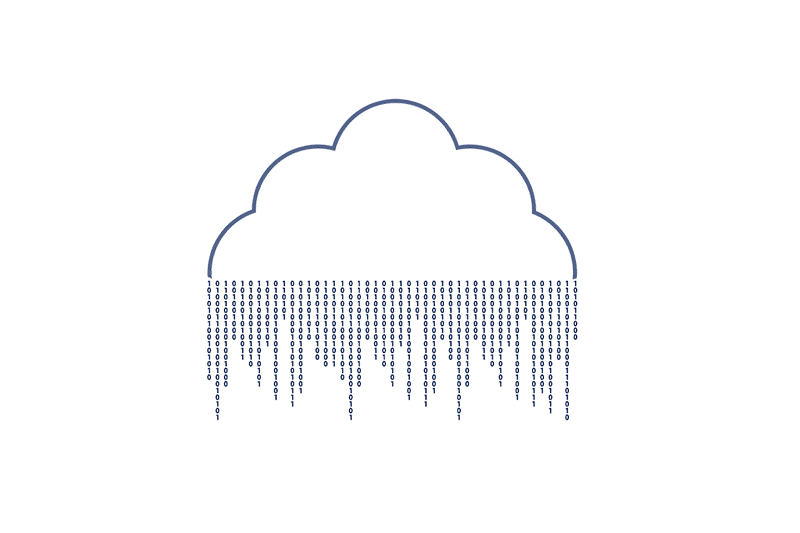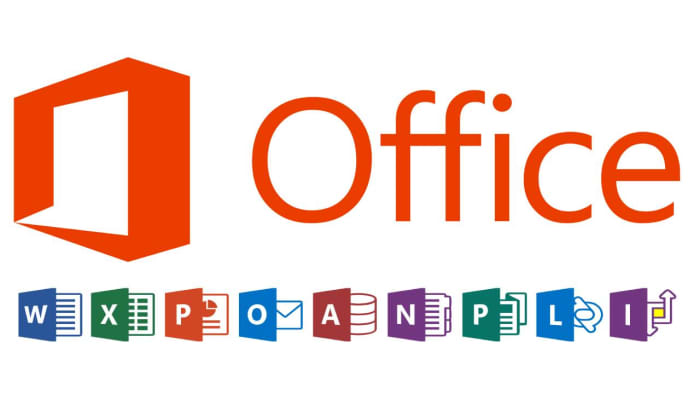

When a 24/7 service provider decided it was time to refresh their Office 2013 Standard, they looked towards the Cloud. Being a subscription, it would be Opex rather than Capex expenditure so would possibly be easier to get approved internally. They had observed that other decision-makers in their industry were making the switch to Microsoft Cloud that led them to think that the Cloud was a more cost-effective option for their 4000 seats.
They approached a Microsoft reseller, who sold them the Cloud-based Microsoft Office 365 ProPlus licences. The reseller sold the concept that « the Cloud is the future » – the move that « everyone is making » and failing to get on board could mean the business would get « left behind ». The Office 365 ProPlus option was the most comparable to their previous software package, costing £9.80 per user every month.
Currently Cloud-based products differ from on-premise licences in that the former is user-based while the latter is device-based. This means that although the company has just 4,000 seats, they were required to purchase 12,000-user licences since their 24-hour working day involved three separate shifts. There would be three different people using a single PC over a 24-hour period, and now each of them needed their own licence.
At this point you might be thinking that one single payment for a perpetual licence that can be shared makes too much sense to ignore, but the allure of the Cloud is strong, apparently!
This threefold licence increase caused the costs to skyrocket. Paying for 12,000 users at £9.80 each meant a total outlay of £117,600 per month and £1,411,200 per annum as an Opex spend! In short, the actual cost of providing this new IT solution for the workforce was a major increase from their previous setup – a far cry from the aim of gaining a more cost-effective solution.
Within a few months, the increase in IT expenditure began to get noticed by the finance team. As the subscription gave little to no productivity benefits over their previous solution, it was quickly concluded that it was a very expensive way to operate. It was at this point that they approached Discount-Licensing to explore options for reducing costs. Providing an on-premise licence, our team were able to sell Office 2016 Pro Plus for their 4,000 seats that adequately met the needs of the business. Despite being a Capex, each perpetual licence cost less than a single year’s user subscription to the Cloud services.
This is why on-premise perpetual licences can be far more cost-effective than Cloud-based ones, and there are many solutions to choose from so you’ll definitely be able to find exactly what you need. We were able to swiftly find the optimal solution for the customer and save them a huge amount of money versus the outlay for a cloud-based subscription plan. Let us also not forget that as perpetual licensing is an owned asset, there is always the potential to reclaim value at the end of the usage period.
This is just one example that demonstrates why no business should overlook the option of acquiring on-premise perpetual licences. Franchised resellers will tell you that the Cloud is the only way to go, as that is where the manufacturers want to take the market. Why sell a product when you can rent it instead and give yourself a constant revenue stream that you have full control of? Most of us would rather buy than rent in most cases as we see the latter being the more expensive option longer term.
You will also see that many of your competitors are turning to the cloud model for their operations. The important thing is to be realistic about what your business needs. No-one knows better than you how your business operates and what it requires, and you should explore on-premise perpetual licences to find out if there is a simpler, more cost-effective option to meet your needs. Be careful not just to follow the crowd as it may not be the right path for you!
For any enquiries about Microsoft software licences, simply complete the Contact Form. Un membre de notre équipe répondra à votre demande dans les 24 heures.
Image source: Pixabay



